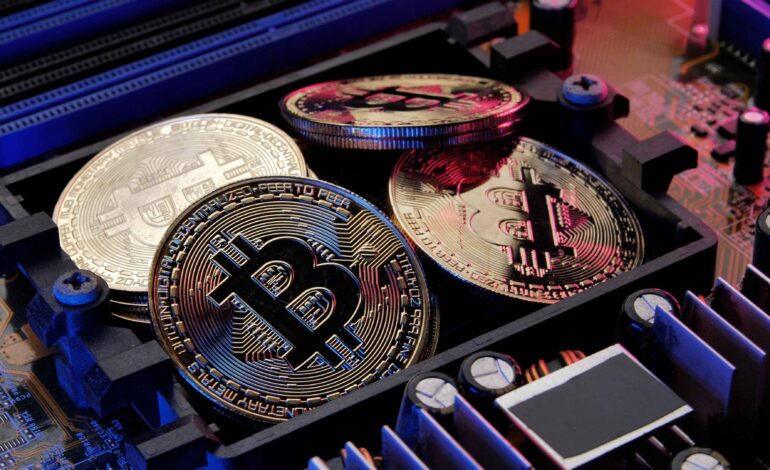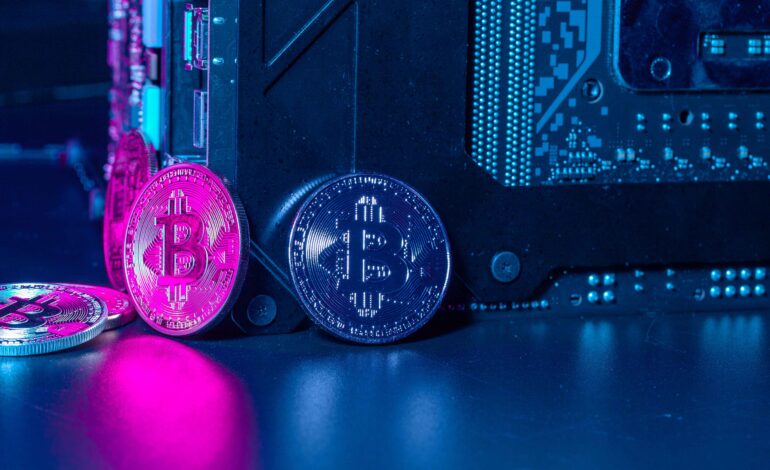🧑💻 From Code to Crypto: Who is Anatoly Yakovenko?
Before “Solana” was a name that rattled the crypto space, there was just a guy in California with a wild idea and some real experience in building stuff quickly.
Anatoly Yakovenko, the website Solana founder, didn’t step into blockchain for the hype or the fame. His journey has been about serious engineering expertise, disgust with the way things worked, and a belief that the future of finance had to have scale – really fast!
So, let’s go back, and see how it all started, since it has been a winding road.
🇺🇸 Immigrant Roots & Tech Start
As a child born in Ukraine, but raised in America – Anatoly’s early life experiences were shaped by curiosity and the immigrant hustle.
Eventually, he used his skillset at Qualcomm working as an engineer building, compression, operating systems, and wireless technology. Not exactly the glamorous side of tech, but certainly the deeply technical side.
“I spent 12 years building cell phone technology. It gave me the obsession with efficiency.”
🕒 The Midnight Idea: Proof of History
Each node on Bitcoin or Ethereum operated independently without a shared sense of time, which meant they couldn’t process transactions in parallel.
What if there could be a decentralized clock?
What if time itself was part of the chain?
That’s how Proof of History was invented — an elegant, new way to create a cryptographic timestamp and the core architecture of Solana.
⚙️ Solana Is Born: A Developer’s Chain at Heart
In 2018, he assembled a small team (also Greg Fitzgerald, a Qualcomm engineer) and created Solana Labs.
This was not just another clone of Ethereum.
Solana was a trilemma solution: security, decentralization, and scale — but it leaned hard into speed:
-
400ms block times
-
65,000 TPS
-
Basically free transactions
Early investors and developers were skeptical.
How could this tiny group compete with Ethereum, which had established momentum?
Anatoly’s focus stayed on task. He wasn’t trying to market better than Ethereum — he just wanted to create a better product.
🌊 Mainnet Launch, Challenges & the 2022 Meltdown
In 2020, Solana’s mainnet was online, and it began attracting a lot of projects that were looking for speed and low fees, especially in NFTs and DeFi.
But with that success, came pressure.
Network outages, accusations of being centralized, and the infamous collapse of FTX (which now had a direct connection to Solana) brought inexperienced developers, led by Anatoly, in front of the world.
“I’d rather break things quickly and fix them, than be slow and not innovate.”
— Anatoly Yakovenko
Many chains would have cracked during that pressure. Solana did not. Why?
Because Anatoly wasn’t just after the hype.
He built Solana like an engineer would build a system; with iteration, stress testing, and honesty.
📱 The Solana Phone & New Chapters
In 2023, Solana surprised the world by releasing the Saga phone, a smartphone integrated with cryptocurrency that included access to a native wallet, as well as a dApp store.
-
Perfect? No.
-
Ambitious? Yes.
Anatoly’s vision had grown — not just a chain, but rather an ecosystem: hardware, DeFi, NFTs, payments, even gaming — all using the same layer-1 that is incredibly quick.
🧠 What Motivates Anatoly Today?
Yakovenko is still very much in the weeds.
He’s the guy you see answering developers’ questions in Discord at 2 a.m.
What motivates him?
“To give billions of people access to financial systems that don’t break, that don’t cost an arm and a leg, and that aren’t exclusionary.”
To him, Solana is about fixing the infrastructure — not just cashing checks on the crypto hype.
🔚 Concluding Thoughts: The Reluctant Rockstar of Crypto
Anatoly Yakovenko never wanted to be a celebrity.
But in committing to fixing what he believes is fundamentally broken, he has developed into one of the enduring figures in blockchain.
His story isn’t glamorous.
It isn’t about “memecoins” or TikTok hype.
It’s about building something that works — and having the courage to do it differently.





